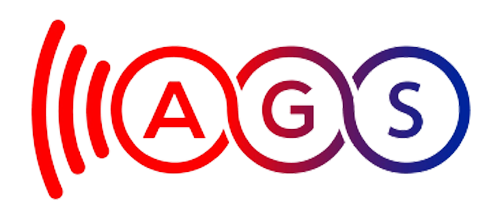VOIP Analytics
VoIP analytics, also known as Voice over Internet Protocol analytics, refers to the process of collecting, analyzing, and interpreting data related to VoIP (Voice over Internet Protocol) communications. VoIP analytics tools and techniques are used to gain insights into the performance, quality, and efficiency of voice calls made over the Internet. These analytics can be valuable for both businesses and service providers to optimize their VoIP systems and ensure a high-quality user experience. Here are some key aspects of VoIP analytics:
-
Call Quality Monitoring: VoIP analytics can monitor and measure call quality parameters such as jitter, packet loss, latency, and MOS (Mean Opinion Score). By continuously assessing call quality, organizations can identify and address issues that may affect call clarity and reliability.
-
Network Performance: Analyzing network performance metrics helps in identifying bottlenecks, congestion, and other network issues that can impact VoIP call quality. This information is essential for optimizing network infrastructure.
-
Call Detail Records (CDRs): VoIP analytics tools can parse and analyze call detail records, which contain information about each call, including call duration, originating and destination numbers, call times, and more. This data can be used for billing purposes, trend analysis, and capacity planning.
-
Traffic Analysis: Understanding call traffic patterns can help organizations allocate resources more efficiently. VoIP analytics can provide insights into peak call times, call volume trends, and usage patterns.
-
Security and Fraud Detection: VoIP analytics can be used to detect unusual call patterns or suspicious activity, which can be indicative of security breaches or fraudulent activity. By analyzing call data, organizations can implement security measures to protect their VoIP systems.
-
Customer Experience Management: For VoIP service providers, monitoring customer call quality and experience is crucial. VoIP analytics can help identify areas for improvement and ensure a better overall customer experience.
-
Troubleshooting and Diagnostics: When issues with VoIP calls arise, analytics tools can help pinpoint the root causes. IT teams can use these insights to troubleshoot and resolve problems quickly.
-
Capacity Planning: VoIP analytics can assist in predicting future call volume and resource requirements, enabling organizations to plan for scalability and avoid potential congestion issues.
-
Compliance and Regulatory Reporting: Some industries have specific regulatory requirements for voice communications. VoIP analytics can assist in generating reports and maintaining compliance with these regulations.
Overall, VoIP analytics plays a crucial role in optimizing the performance, security, and efficiency of VoIP systems. By leveraging these analytics, organizations can ensure a high-quality VoIP experience for their users while effectively managing their voice communication infrastructure.

